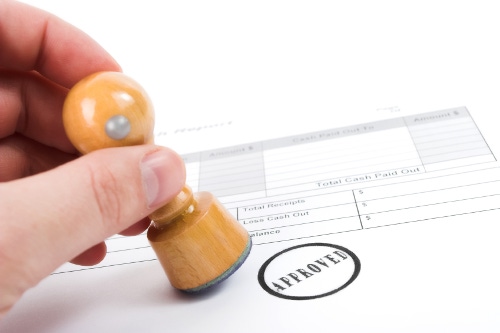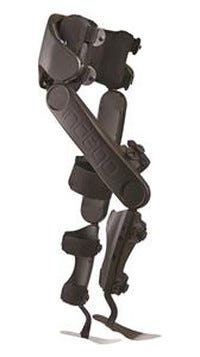Another Exoskeleton to Hit the Market
Parker Hannifin has received FDA clearance to market its Indego exoskeleton system for personal and clinic use.
March 11, 2016

Parker Hannifin has received FDA clearance to market its Indego exoskeleton system for personal and clinic use.
Arundhati Parmar
Spinal cord injury patients will soon have another bionic device to choose from.
Parker Hannifin has just received FDA clearance to market its Indego exoskeleton for clinical and personal use. The clearance comes nearly four months after the device received CE Mark in Europe. Indego is already available in that continent, and the Cleveland, OH, company expects to launch the device in the U.S. in the next few months.
“In a relatively short amount of time, we have taken what was a prototype device and readied it for full commercial launch," said Tom Williams, chairman and CEO of Parker Hannifin, in a news release.
|
The product can be worn to help spinal cord injury patients who cannot walk to receive gait training from clinicians, and allow them to walk again. It weighs 26 pounds and doesn't have other components that need to be mounted on a backpack system compared with competing devices. It also has a mobile that can control operation, change settings, and capture data eliminating the need for "tethered controls," according to the product's description on the Indego website.
Parker Hannifin conducted what it believes is the largest exoskeleton clinical trial prior to the clearance in which patients wore the Indego to walk on a variety of surfaces both indoor and outdoor with no adverse event, noted Gary Ulicny, Ph.D., president and CEO of Shepherd Center, Parker’s lead clinical partner.
Another company that provides a robotic exoskeleton for personal and clinic use is ReWalk Robotics, while one that has an exoskeleton cleared for use in the clinic setting is Ekso Bionics. In 2014, ReWalk became the first exoskeleton to be approved by the FDA for personal use. It weighs about 46 pounds according to news reports and a backpack that powers and controls the device weighs 5 pounds.
ReWalk introduced its sixth generation personal use system in July 2015 for home and community use whereas its ReWalk Rehabilitation is used in clinics to aid in therapy of patients who cannot walk.
Back in 2012, it was Ekso Bionics that launched the first commercially available exoskeleton for use in clinics. Now the Ekso GT exoskeleton can enable upright gait training as well as upright, weight bearing exercises under the supervision of a physical therapist. That device weighs 50 pounds although all manufacturers claim that users do not feel the weight of the device as it is transferred to the ground.
[Product Image Credit: Parker Hannifin]
Arundhati Parmar is senior editor at MD+DI. Reach her at [email protected] and on Twitter @aparmarbb
You May Also Like



